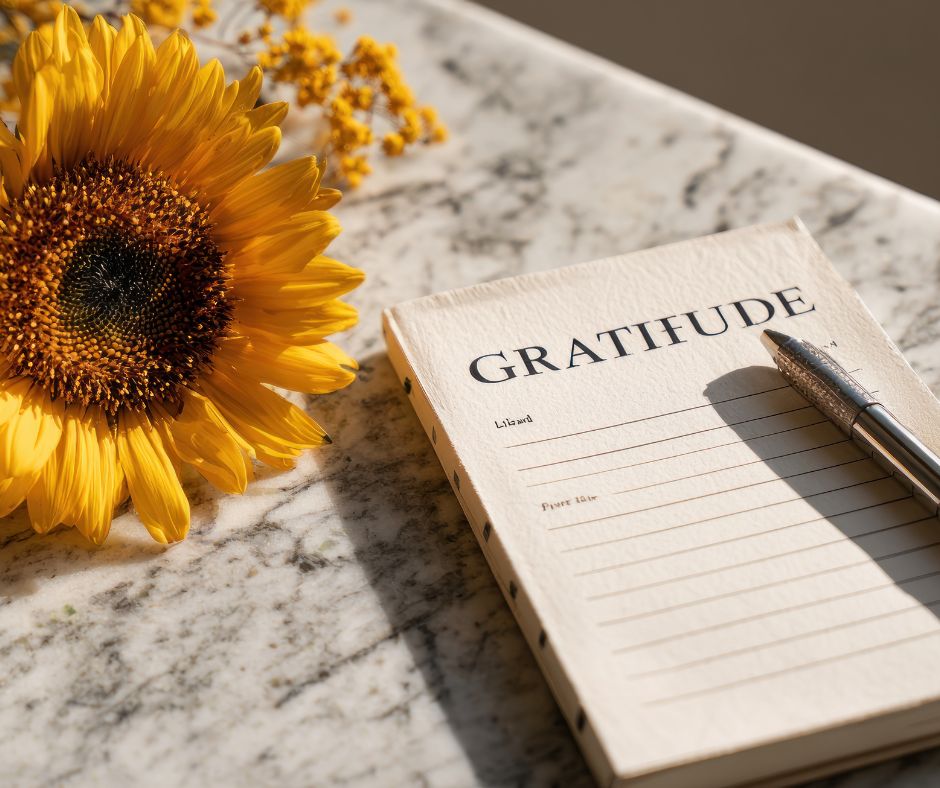Practice Forgiveness
Let’s talk about the second wall of our “Inner Home for Happiness,” “The Pillar of the Heart.” The guideline for this pillar is “lead with love.” The first habit I want to talk about is practicing forgiveness. Forgiveness is an emotion-focused coping strategy that can reduce health risks and promote healthy resilience. Forgiveness is a true cornerstone to being happier.
Some of the most amazing stories of transformation are often stories about forgiveness, because forgiveness is a remarkably high vibrational energy that can heal anything. And we’ve all heard stories about how forgiveness has created miracles.
In his book, Forgiveness Is a Choice: A Step- by-Step Process for Resolving Anger and Restoring Hope Robert Enright encourages us to intentionally choose forgiveness as a healing tool. Forgiveness does not always equal Forgetting or Condoning a hurtful action. You can forgive without excusing harmful behavior. You may forgive someone without resuming the relationship. Justice and forgiveness can coexist. Seeking accountability or justice does not mean you haven’t forgiven. Regardless of how you approach forgiveness, forgiving yourself can help you make peace with yourself. Making peace with ourselves is essential to shoring up the foundation of our “Inner Home for Happiness.”
Enright asserts that the forgiveness process can free those bound by anger and resentment. It opens the door to reconciliation. You can forgive and restore a sense of peace and well-being in your life.
Focus on Gratitude
Focusing on gratitude is another habit associated with “The Pillar of the Heart.” Gratitude is the antidote to negative emotions such as anger, resentment, shame, and guilt. It opens the door to healing.
The world’s foremost expert on gratitude, Robert Emmons, defines gratitude as a sense of wonder, thankfulness, and appreciation for life. Gratitude can be an external, visible behavior such as thanking someone. It can also be a more private, internal process such as acknowledging and reflecting on the positive aspects of life. The practice of gratitude has been linked to lower rates of depression and stress while enhancing optimism, joy, and tranquility.
Three Good Things Exercise
Try these Three Good Things Exercise for 10 minutes daily for at least two weeks (taken from The Mindfulness Toolbox.) In this exercise, you’ll take time to notice and appreciate the positive experiences that happen throughout your day. Over time, practicing gratitude will weaken the negative neuropathways in your brain and strengthen more helpful thought patterns.
Each night before you go to bed, write down three things that went well for you. These things can be trivial details or more significant events. Follow each entry with an explanation of your contribution to it or why you think it happened. Consider challenging yourself further by not repeating items on subsequent days.
As you continue to practice this skill, you will notice a shift in your mindset. By becoming more able to notice and savor good things as they occur, you will cultivate a deeper sense of inner peace and wellbeing.
Being open to forgiveness and practicing gratitude may serve to open your heart to acts of loving kindness.
Spread Loving Kindness
Spreading loving kindness is the third habit associated with our “Pillar of the Heart.” Acting kindly can deepen your sense of belonging and love.
In Love as a Way of Life, Gary Chapman tells us that kindness serves as the foundation for a loving lifestyle. Kindness is a practice of showing concern and compassion through words and actions.
In her book, the Kindness challenge: Thirty days to improve any relationship Shaunti Feldhan suggests three practices to deepen our kindness experiences. (1) She urges us to refrain from speaking negatively to or about another person. This includes avoiding sarcasm, complaints, and subtle digs. (2) Praise Them to Others. Each day, find at least one positive attribute or action of the other person and share it with someone else. This practice reinforces positive perceptions and encourages a more appreciative mindset. (3) Perform at least one intentional act of kindness toward another daily. This could range from small gestures like making them a cup of coffee to more significant acts like helping with a task they find challenging.
Try the following exercise, brought to you by Marci Shimoff, author of Happy for no Reason: 7 Steps to Being Happy from the Inside Out.
Spread Loving Kindness:
This exercise expands your capacity for compassion by guiding you through the process of wishing loving kindness to yourself and others.
1. Find a quiet place and sit comfortably. Close your eyes.
2. Take slow, deep breaths, being aware of the breath as it enters and leaves your body. Let your thoughts come and go easily.
3. Repeat the following phrases silently:
May I be safe.
May I be happy.
May I be healthy.
May I live with ease.
Continue feeling these wishes toward yourself for a minute or two or until you experience a sense of peace inside.
4. Now, move onto your friends and family. Picture one of them as you send the following wishes silently:
May you be safe.
May you be happy.
May you be healthy.
May you live with ease.
Continue sending these wishes until you feel a flow of love in your heart.
5. Now send these wishes to all the living beings around the world. Continue until you feel a sense of expansion in your heart.

